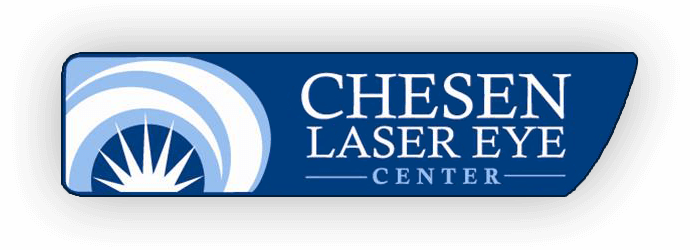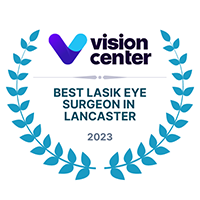If you’ve been thinking about LASIK but found out you’re not a candidate, you may be wondering if there are other options for vision correction. Besides LASIK, another popular vision correction procedure is called PRK. If you’re looking for freedom from contacts or prescription glasses, keep
reading to learn more about PRK!
PRK Corrects Vision For Those Who Can’t Get LASIK
To be considered a good candidate for LASIK at Chesen Laser Eye Center, you need to have thick enough corneas. If you don’t qualify for LASIK because of thin corneas, PRK could be the perfect solution for you! PRK could also be a good option if you suffer from severe chronic dry eye. If you are considered too old for LASIK, PRK will not help. PRK is primarily performed on people who have thin corneas and are looking for vision correction.
In order to perform LASIK safely, your corneas must have enough tissue. During LASIK, part of the corneal tissue is removed while reshaping the cornea. If you do not have the minimum amount of corneal thickness, you will be at risk for serious complications with LASIK. PRK, while similar, has one very distinct and important difference.
How PRK Works
During LASIK, a flap is created in the top layer of your corneal tissue. This allows your LASIK surgeon to use a laser to cut away tiny amounts of the underlying corneal tissue, reshaping it to correct your refractive error. The flap in the top layer of the tissue remains connected to the eye, allowing it to be placed back down at the end of the surgery and reattaching itself naturally. This reduces the recovery time that is associated with LASIK. The major difference between LASIK and PRK is the longer recovery period for PRK.
Although uncommon, complications with the flap can lead to serious side effects. If you have thinner corneas, you are more likely to have flap complications with LASIK. In PRK, there is no flap created. Instead, the top layer of the cornea is removed and left to heal naturally. Recovery from PRK takes longer than LASIK, simply because the top layer of the cornea needs time to grow back. Many patients who get PRK report comparable vision correction of their refractive errors, with a slightly longer recovery process.
PRK Recovery Tips
Recovery from PRK is quite similar to recovering from LASIK. While you are healing, you will:
- Take it easy for at least a week. This means no heavy lifting, running, or any other physical activity that could be considered “strenuous”.
- Use all medications as directed.
- Avoid rubbing your eyes. Even though you don’t need to worry about flap complications, your eyes will still be sensitive and prone to infection after PRK.
- Avoid exposure to the sun as much as possible, and when not possible, use UV protected sunglasses whenever you are outside.
Want to learn more about PRK or LASIK? Set up your consultation with the experts at Chesen Laser Eye Center in West Reading, PA!






